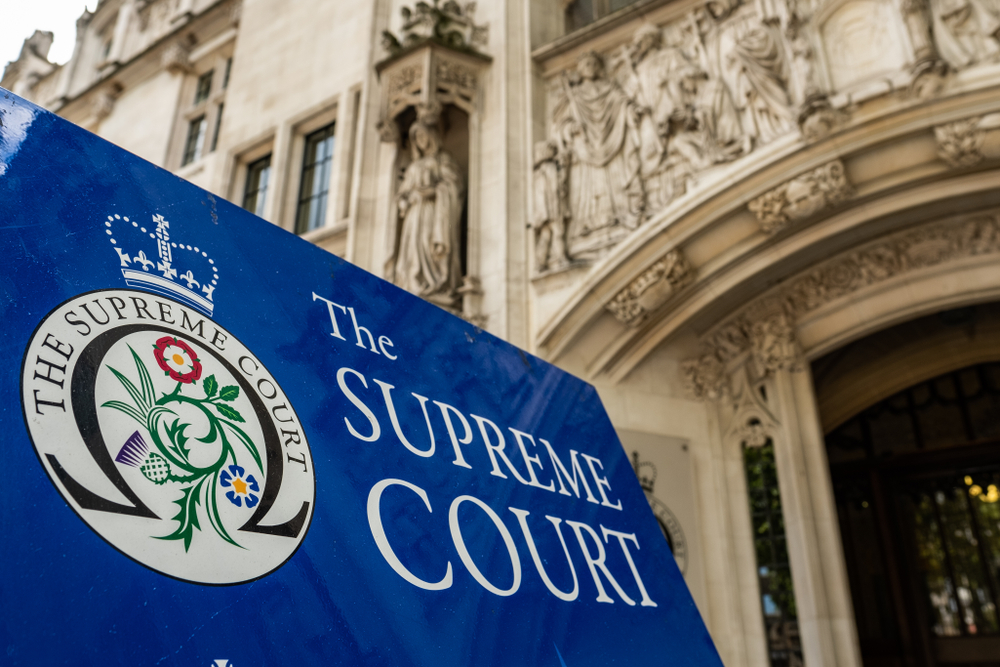Divorce can be a stressful time for couples and there is often added pressure if the court is required to intervene. Going through litigation can be costly and come with lengthy waiting times amid backlogs in the family court. Jenny Duggan and Sarah Harvey from our Divorce and Family law team have commented in media about these issues.
This article explains why more couples are choosing to resolve disputes privately through arbitration or non-court dispute resolution methods.
What would separating couples do differently?
In our recent survey of more than 500 high net worth divorcees, 63% of respondents who went to court found the process stressful. 36% described it as slow, though 28% admitted it was better than they had initially expected.
Over a third (35%) of respondents said they would seek alternatives to court if they were to go through divorce proceedings again, while 33% would hire a solicitor sooner. Only 12% of those we surveyed said they would approach their divorce in the same way as they did previously.
What are the non-court options for divorcing couples?
Going to court is not the only way to resolve disputes over separation. In fact, the family court in England and Wales is actively encouraging more divorcees to resolve their issues outside of court proceedings, as demand for the judicial system far outweighs capacity.
Examples of alternative dispute resolution (ADR) include:
- Arbitration, where the parties enter into an agreement under which they appoint a suitably qualified person to adjudicate their dispute. They accept that the arbitrator’s decision will be final and binding and that, if necessary, they will apply to court for an order to give effect to it.
- Mediation, where a neutral observer helps guide the parties towards a conclusion but does not have the power to legally enforce a decision. The role of the mediator is to facilitate meaningful discussions and not to provide legal advice.
- Collaborative law, where the parties work together with a team of professionals, including lawyers, typically engaging in “roundtable meetings” to reach a mutually agreeable settlement.
To avoid litigation, 43% of the divorced couples in our survey who pursued ADR opted for mediation, while 39% settled matters through direct discussion with their ex-partner without any legal intervention. Nearly a third (30%) resolved their divorce via a roundtable meeting and just under a quarter (22%) used arbitration.
What are the benefits of alternative dispute resolution for a divorce?
Partner Jenny Duggan said: “It is clear that couples are increasingly exploring alternative forms of alternative dispute resolution outside the court process, which can often be swifter and more cost effective, also taking place in a more private setting. This is particularly important when couples are so often facing such an emotionally disruptive time in their lives.”
The Times recently acknowledged that lawyers expect to see a further rise in cases going through ADR following the Supreme Court’s ruling in Standish v Standish. Our Divorce and Family acted for Mr Standish in this precedent-setting case, which dismissed the appeal of Mrs Standish to the largest ever reduction in a divorce award.
In response to our survey, senior associate Sarah Harvey added: “These findings suggest a need for more accessible alternative dispute resolution options. Mediation and arbitration can reduce the emotional and financial burden of divorce which can have significant long-term effects on the couple and their families.”
How does private financial dispute resolution work?
The Times’ article (subscription required) included a guide on how private financial dispute resolution works in family law.
In a typical session, which may take place over one day or more depending on the complexity and quantity of assets:
- Legal representatives for both parties first present written submissions, which will typically include settlement proposals.
- Barristers will deliver oral arguments before a judge, who may interject with questions for clarification or further detail.
- The judge generally takes a recess (sometimes as long as an hour) to deliberate on the submissions.
- Following deliberation, the judge provides their oral or written view of the likely financial outcome of the dispute should the matter proceed to court.
- Each of the separating parties and their legal teams must then assess whether they are prepared to accept the judge’s recommendations, or otherwise engage in negotiations with the judge’s views in mind.
You can find further information regarding our expertise, experience and team on our Divorce and Family pages.
If you require assistance from our team, please contact us.
Subscribe – In order to receive our news straight to your inbox, subscribe here. Our newsletters are sent no more than once a month.







